Asian Barbecue Sauce: A Flavorful Journey Through Global Spice Traditions
Barbecue sauces come in many forms, but none are quite as complex or culturally rich as those found across Asia. From the smoky-sweet glazes of Japan to the fiery marinades of Thailand and the sticky umami bombs of Korea, Asian barbecue sauces reflect centuries of spice trade influences, regional ingredients, and cooking traditions.
In this article, we’ll take a deep dive into the world of Asian barbecue sauce, exploring its origins, variations, key ingredients, and how you can recreate these global flavors at home — with a few spicy secrets along the way.
Table of Contents
- Origins of Asian BBQ Sauces
- Types of Asian BBQ Sauces Around the Globe
- The Spice Factor: How Heat Levels Vary Across Regions
- DIY Guide: Making Your Own Asian BBQ Sauce at Home
- Pairing Perfection: What Goes Best With These Sauces?
- Modern Twists on Traditional Recipes
- Conclusion
🌍 Origins of Asian BBQ Sauces
Before we slather our ribs or baste our skewers, it’s important to understand where these sauces came from. The history of Asian barbecue sauce is deeply intertwined with the spice trade, which brought exotic flavors like ginger, chili, garlic, and tamarind from one continent to another.
In China, for instance, sweet soy-based sauces have been used since the Han Dynasty (206 BCE – 220 CE) for grilling meats over open flames. In Southeast Asia, the introduction of chilies via Portuguese traders in the 16th century transformed local flavor profiles, giving rise to today's famously spicy condiments.
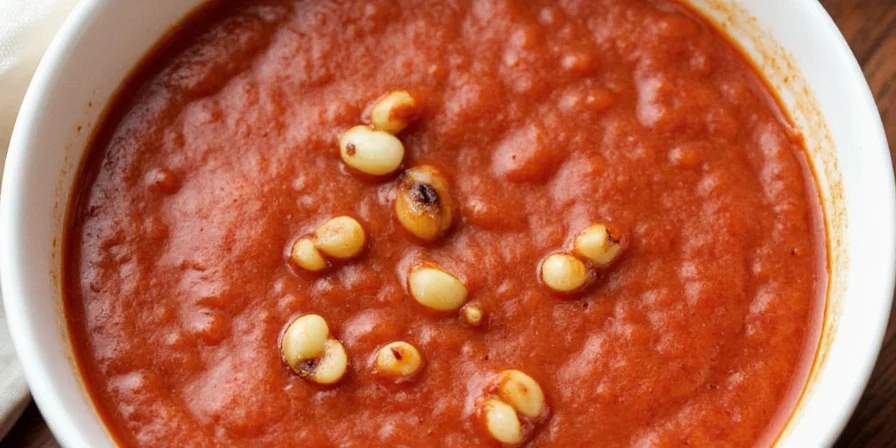
🌶️ Types of Asian BBQ Sauces Around the Globe
While Western barbecue sauces often rely heavily on tomato and vinegar bases, Asian versions lean into fermented ingredients, natural sugars, and umami-rich elements. Here’s a breakdown of some of the most iconic styles:
| Country | Sauce Name | Main Ingredients | Flavor Profile | Best For |
|---|---|---|---|---|
| Japan | Tare | Mirin, soy sauce, sake, sugar | Sweet, savory, slightly tangy | Grilled chicken, yakitori, eel |
| Korea | Bulgogi sauce | Soy sauce, pear juice, sesame oil, garlic | Umami-packed, sweet, garlicky | Thinly sliced beef, pork, mushrooms |
| Thailand | Moo Nam Tok Marinade | Lime juice, fish sauce, garlic, chili | Spicy, sour, salty | Grilled pork skewers, seafood |
| Vietnam | Nước Chấm Nướng | Fish sauce, lime, garlic, chili, sugar | Bright, bold, balanced | Grilled shrimp, pork chops |
| Malaysia/Singapore | Rendang Glaze | Coconut milk, lemongrass, turmeric, galangal | Rich, aromatic, slightly spicy | Beef, lamb, tofu |
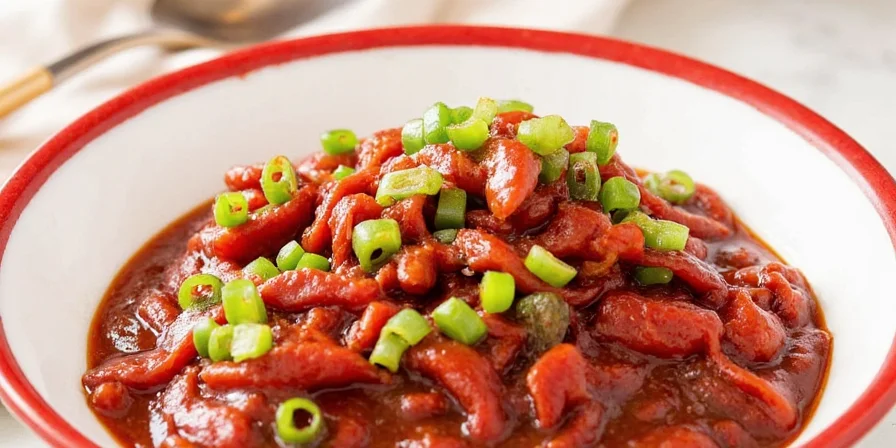
🔥 The Spice Factor: How Heat Levels Vary Across Regions
When it comes to heat, not all Asian barbecue sauces are created equal. Some deliver a slow-burning warmth, while others hit you like a firecracker. Let’s break down the spice spectrum:
- Thai & Vietnamese: Spicy with fresh chili, often served with optional extra heat on the side (like sliced bird’s eye chilies).
- Chinese: Mild to moderate, unless intentionally amped up with chili paste or Sichuan peppercorns.
- Indonesian & Malaysian: Balanced heat with layers of spice thanks to complex curry pastes and spices like clove and nutmeg.
- Korean: Medium to high, with gochujang or fresh chili flakes adding depth and warmth.
- Japanese: Generally mild, though shichimi togarashi or wasabi may be added as finishing touches.
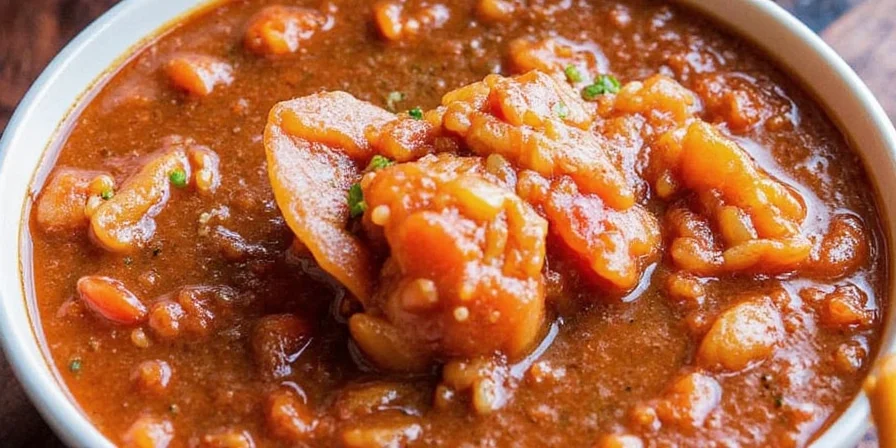
🧂 DIY Guide: Making Your Own Asian BBQ Sauce at Home
Ready to play grill master? Here’s how you can create your own authentic Asian barbecue sauces without breaking a sweat:
Step-by-Step Recipe Template
- Gather Your Base: Choose a liquid base — soy sauce, fish sauce, coconut milk, or miso paste.
- Add Sweetness: Use brown sugar, honey, mirin, or fruit puree (pears work wonders).
- Inject Umami: Add garlic, shallots, ginger, or sesame oil.
- Introduce Acid: A splash of rice vinegar, lime juice, or lemon will balance the sweetness.
- Spice It Up: Chili flakes, fresh peppers, or hot sauces like Sriracha or sambal oelek add that kick.
- Simmer & Thicken: Cook everything together until it reduces into a glossy glaze.
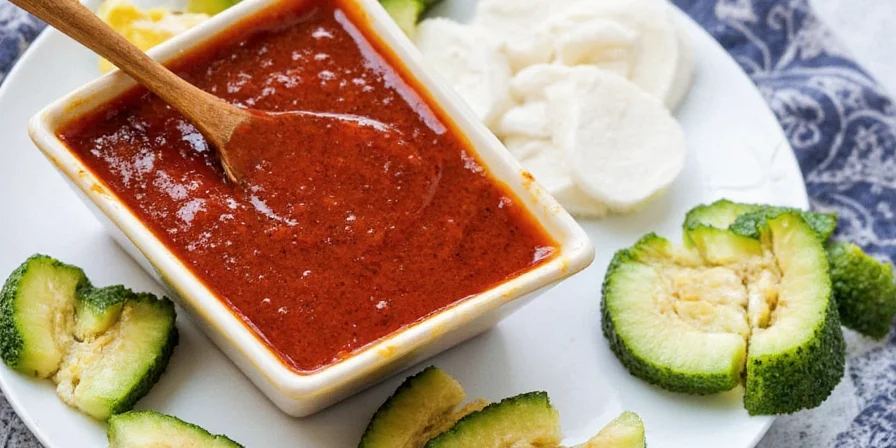
Pro Tip: The Secret Ingredient Trick 🌟
For an unexpected twist, try blending in a small amount of peanut butter, black bean paste, or even instant coffee for deeper complexity.
🍴 Pairing Perfection: What Goes Best With These Sauces?
The right pairing can elevate your meal from good to unforgettable. Here’s a quick guide:
- Sweet Soy Tare: Grilled chicken wings, pork belly, or eggplant
- Bulgogi: Thin slices of ribeye or pork belly grilled Korean-style
- Thai Moo Nam Tok: Pork skewers, grilled squid, or banana leaves-wrapped fish
- Vietnamese Nước Chấm Nướng: Lemongrass pork chops, grilled shrimp, or lettuce wraps
- Malaysian Rendang Glaze: Lamb chops, jackfruit, or grilled pineapple
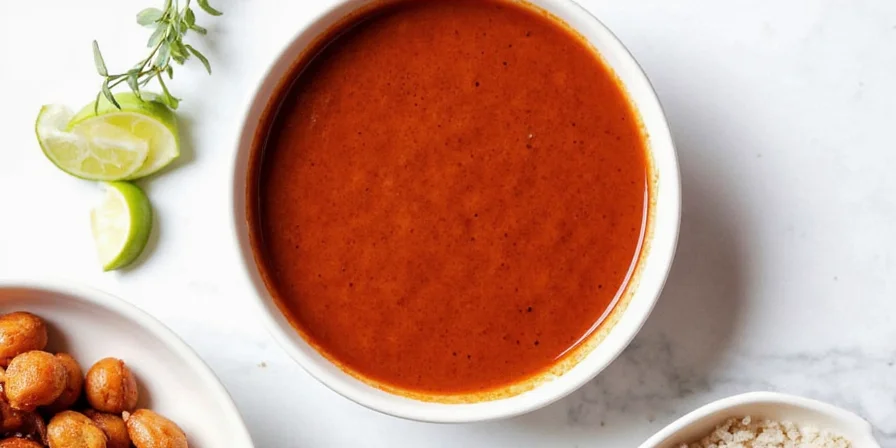
🔄 Modern Twists on Traditional Recipes
Chefs and home cooks alike are putting new spins on old favorites. Here are some exciting evolutions happening in the world of Asian barbecue sauces:
- Smoked Miso Glaze: Adds a campfire aroma reminiscent of American barbecue but with Japanese flair.
- Honey-Sriracha Fusion: Combines Thai and Korean influences into one addictive glaze.
- Black Garlic BBQ: Uses aged black garlic for a sweet, earthy punch.
- Coconut-Curry Dipping Sauces: Great for grilled tofu skewers or tropical fruits like mango.
- Fermented Everything: From gochujang to black bean paste, fermentation is having a moment — and for good reason!
🔚 Conclusion
From the bustling street stalls of Bangkok to the backyard grills of Seoul, Asian barbecue sauces are more than just condiments — they’re edible stories steeped in culture, climate, and community. Whether you're a seasoned chef or a curious foodie, experimenting with these sauces opens the door to a world of flavor.
So grab your brush, fire up the grill, and get ready to taste the legacy of the spice routes — one glossy glaze at a time.
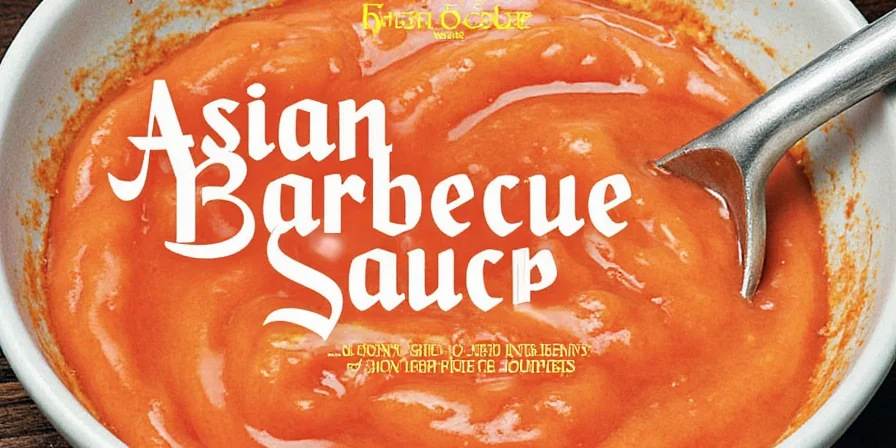
💡 Final Tips:
- Brush sauce on meat during the last 5 minutes of grilling to avoid burning the sugars.
- Store homemade sauces in the fridge for up to 2 weeks — if they last that long!
- Don’t be afraid to mix and match flavors — fusion is fun and delicious.
- Use a neutral oil when grilling to prevent sticking and ensure even browning.
- Always taste before you glaze — adjust salt, spice, or sweetness as needed.

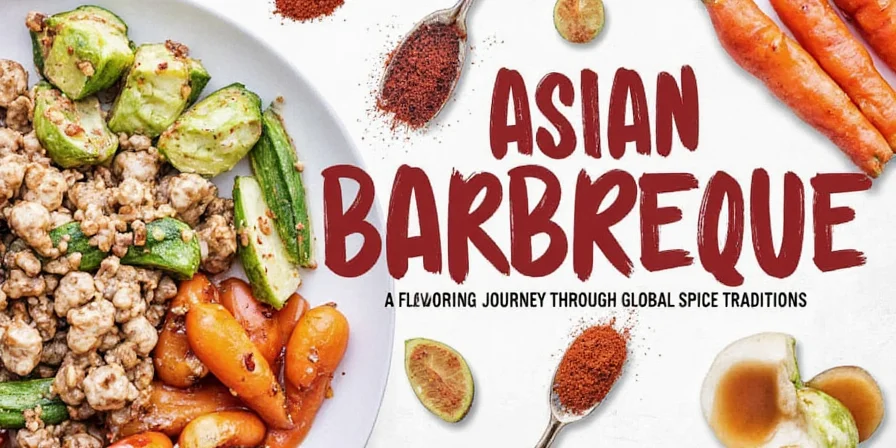









 浙公网安备
33010002000092号
浙公网安备
33010002000092号 浙B2-20120091-4
浙B2-20120091-4